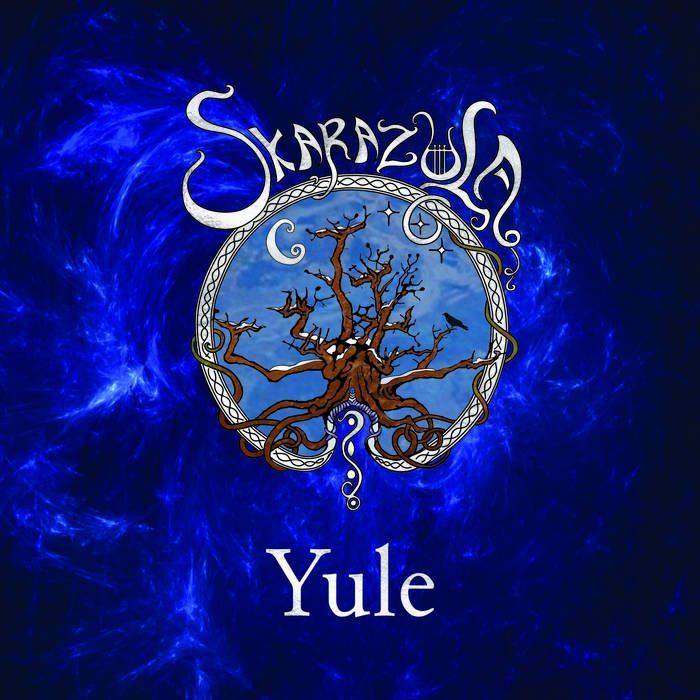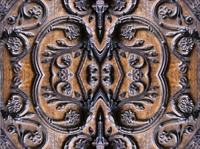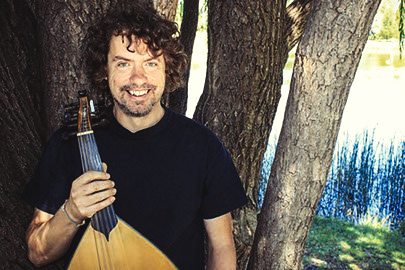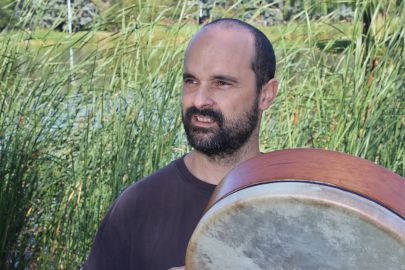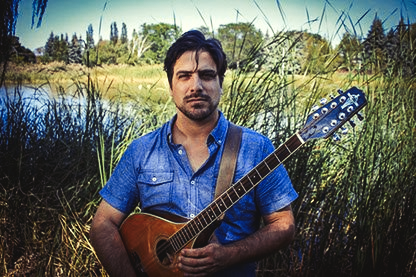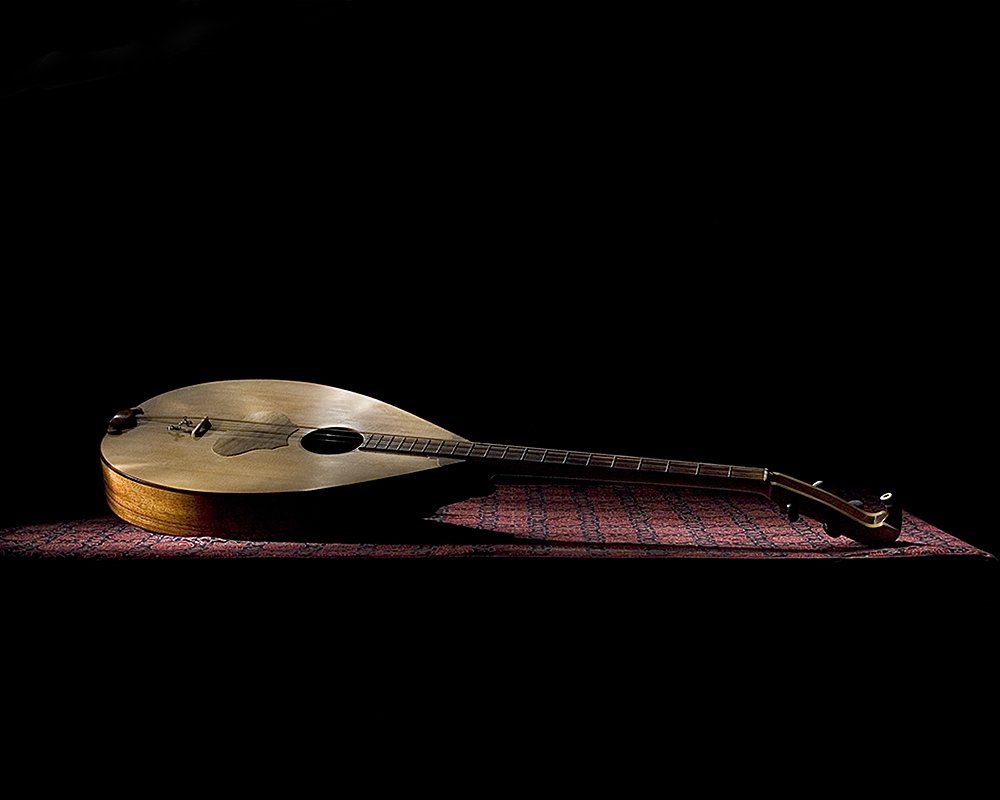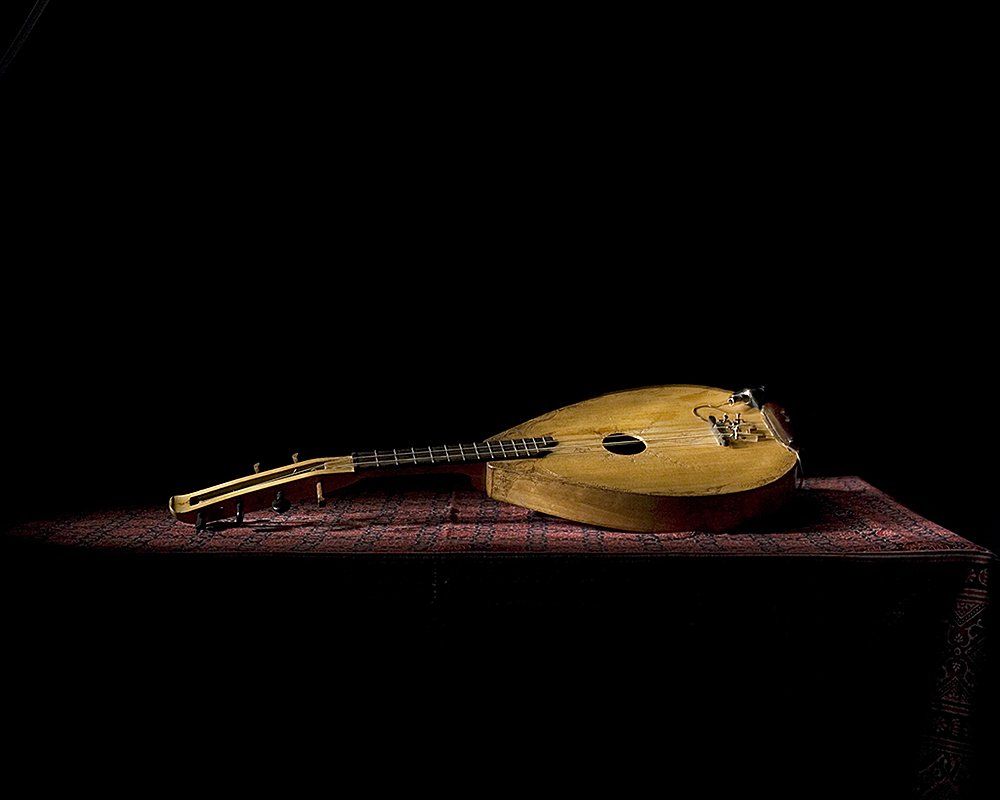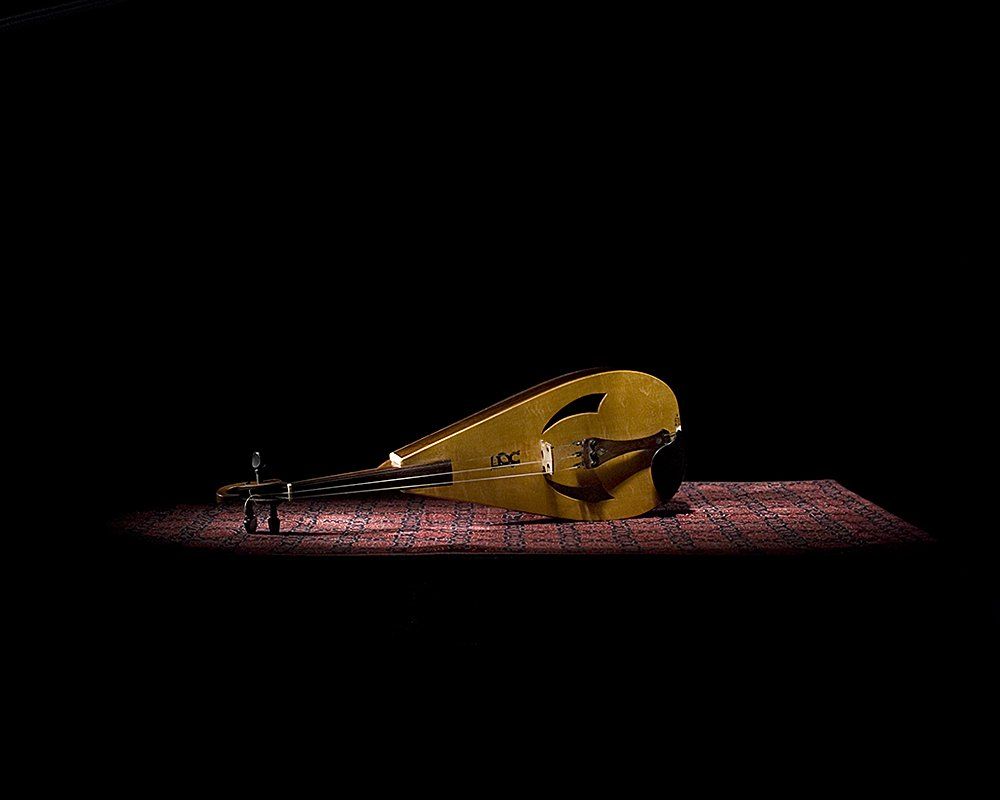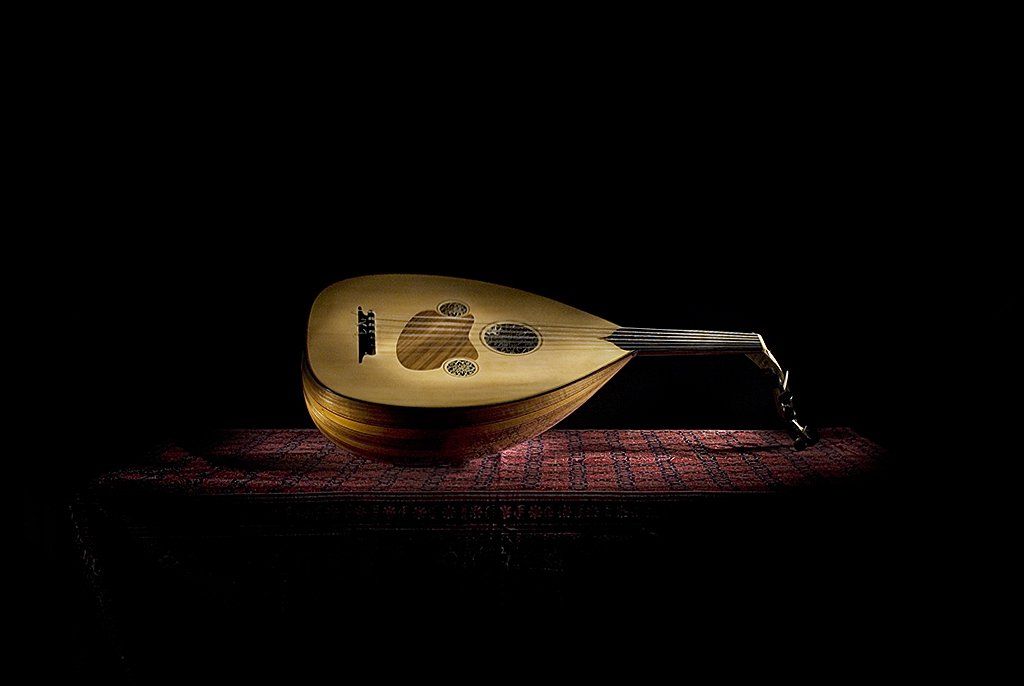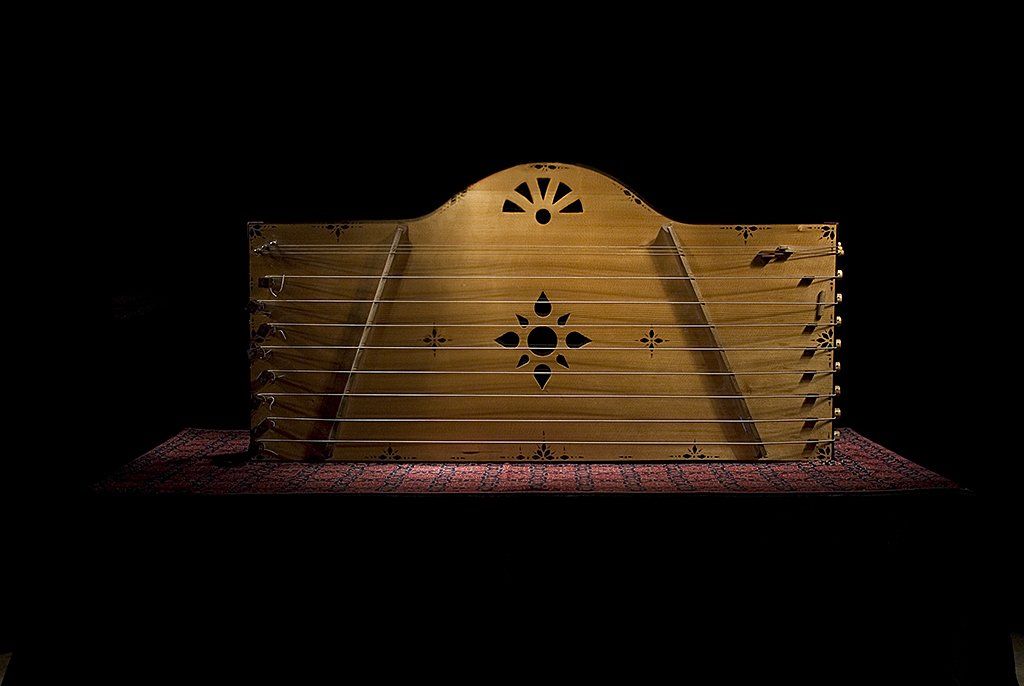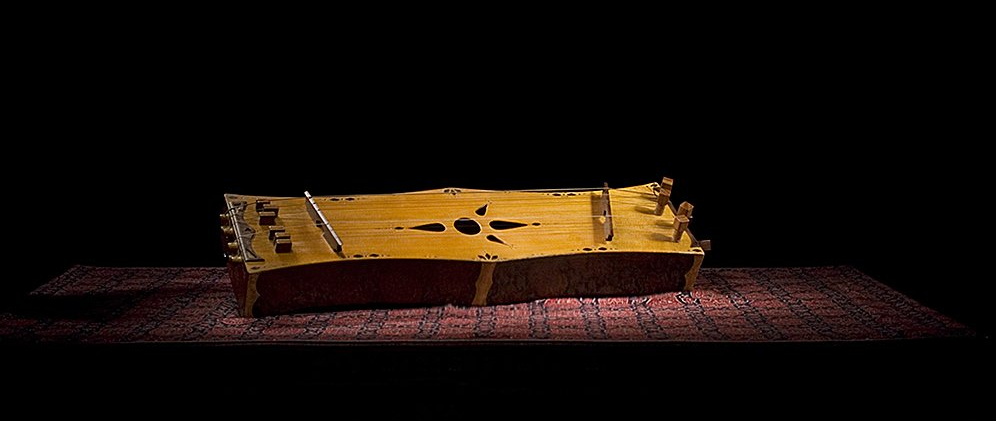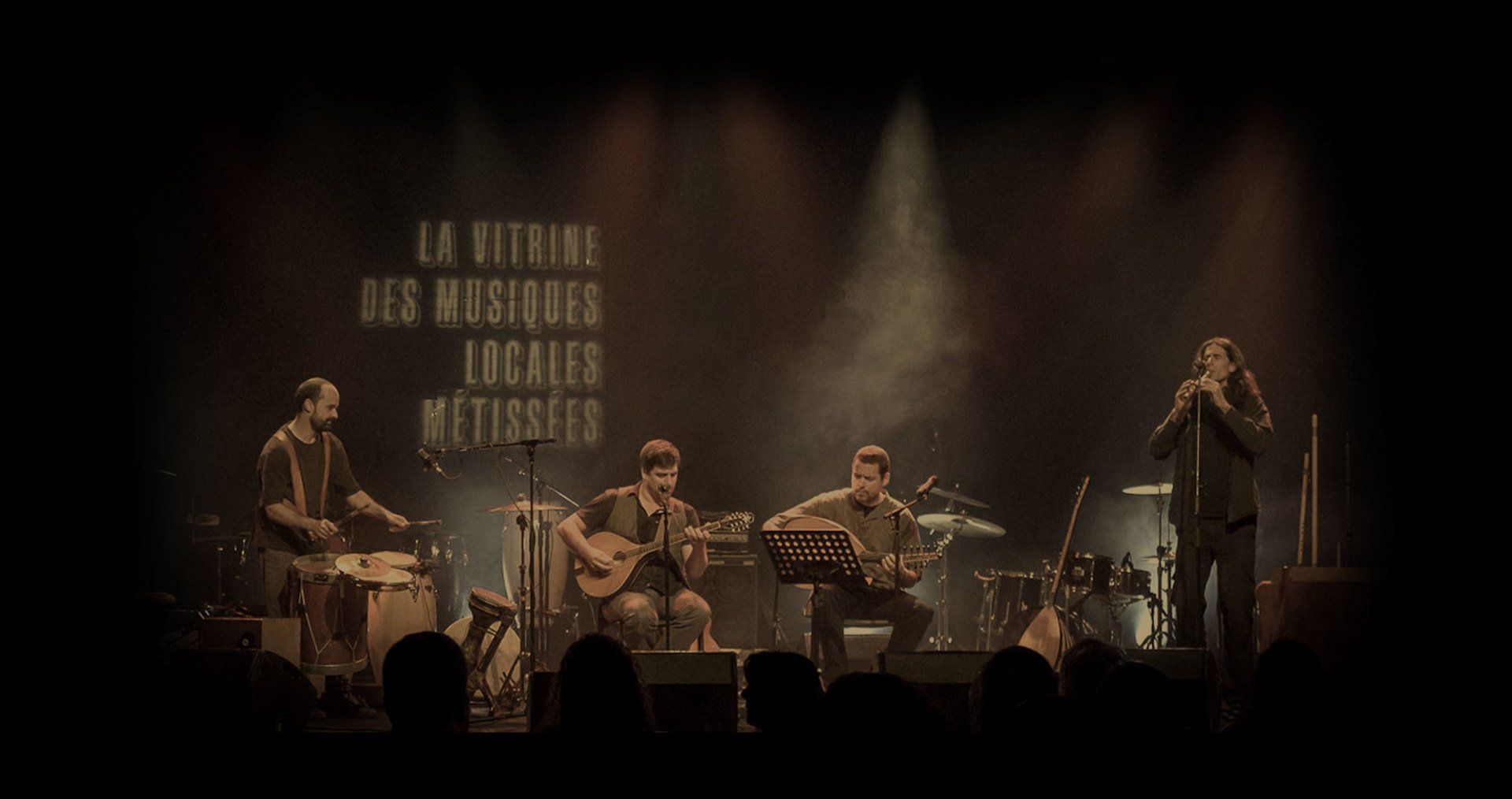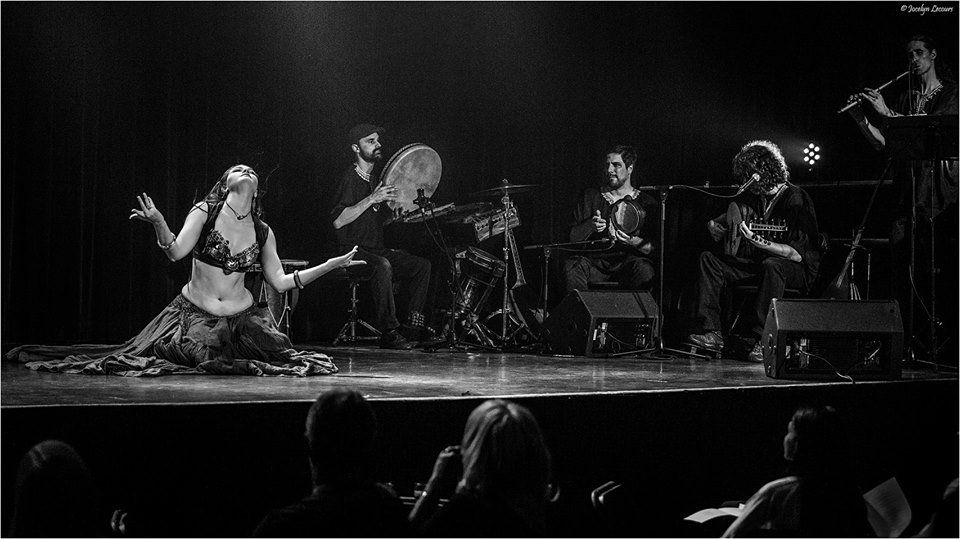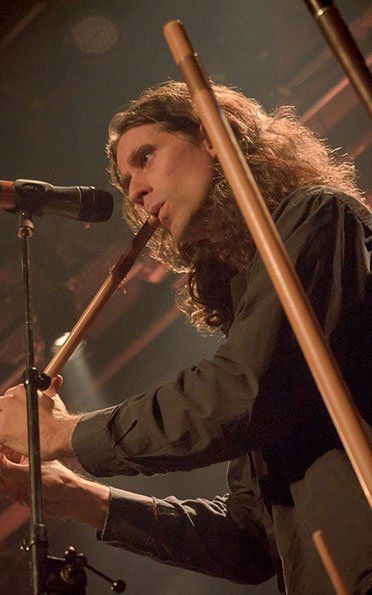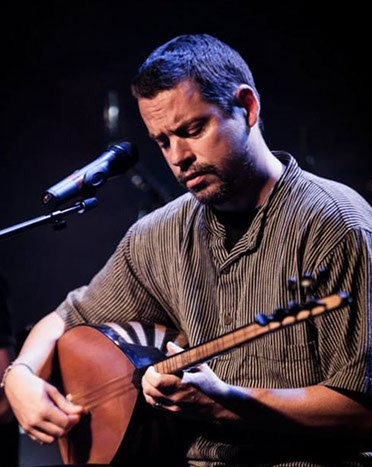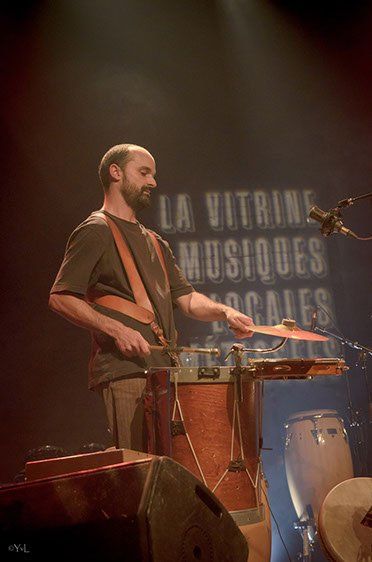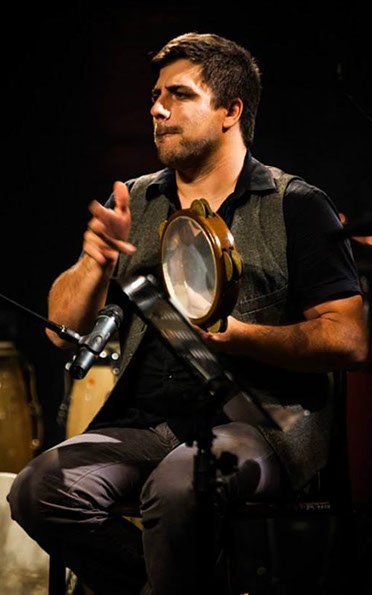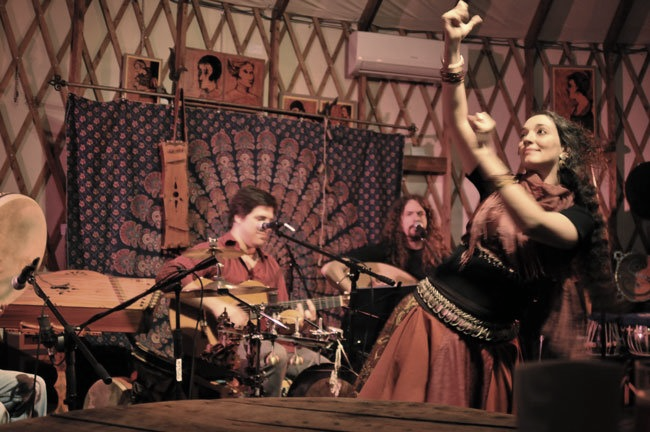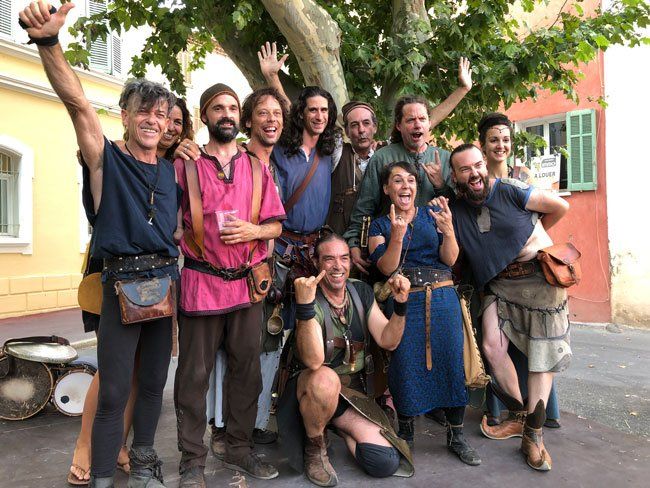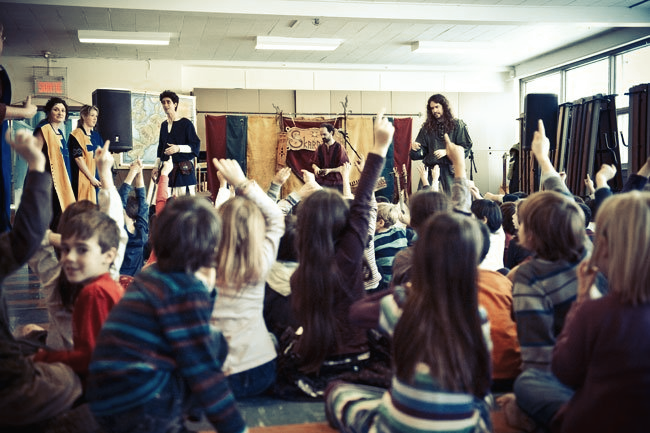Inspired by medieval Europe and ancient Orient, Skarazula's repertoire features stirring pieces from the past as revisited by contemporary musicians.
For several years now, Skarazula's musicians have been cultivating an interest in early music and are continuing their research to discover the rich and fascinating world of medieval music. Skarazula has more than one instrument in it's bag. Their instruments with exotic names, most of them made by the group, give opulence to their music. Whether it is to interpret their own compositions or to revisit traditional pieces, Skarazula's musicians share the same fervor and talent.
The group's unique approach is inspired by the many ways musicians today approach ancient music. It is a question of taking inspiration from what has been discovered on this repertory without falling into historical reconstitution. The result is both modern and faithful to the medieval spirit.
Drawn from the source of the world's musical traditions, the chosen repertoire, in addition to the group's compositions, comes from a period that lies between the 12th and 16th centuries both from Europe and the Middle East. Having extended his study of the oriental musical science, François Rainville, by his compositions, brings an authentic color to Skarazula's repertoire.
The various inspirations of the musicians translate into a mixed musical feel with multiple variations, both in terms of arrangements and techniques used. The modes and harmony of the medieval era are respected, but Skarazula stands out from a purist approach and gains great freedom by using certain instruments that were probably unknown to Europeans.

-
Tour in France
ButtsdfsdfsdfonArcs-sur-Argens Medieval Fair 2019

Events to come
Feste médiévale de Saint-Marcellin
Medieval music
August 15, 16 and 17 2025
https://www.festemedievale.net/
Festival médiéval d'Eliasgoth
Medieval music
August 29, 30 and 31 2025
https://mftproduction.wixsite.com/eliasgoth
Festival médiéval de Montpellier
Medieval and oriental music
September 19 2025
https://montpellier.ca/evenement/festival-medieval-montpellier-1



